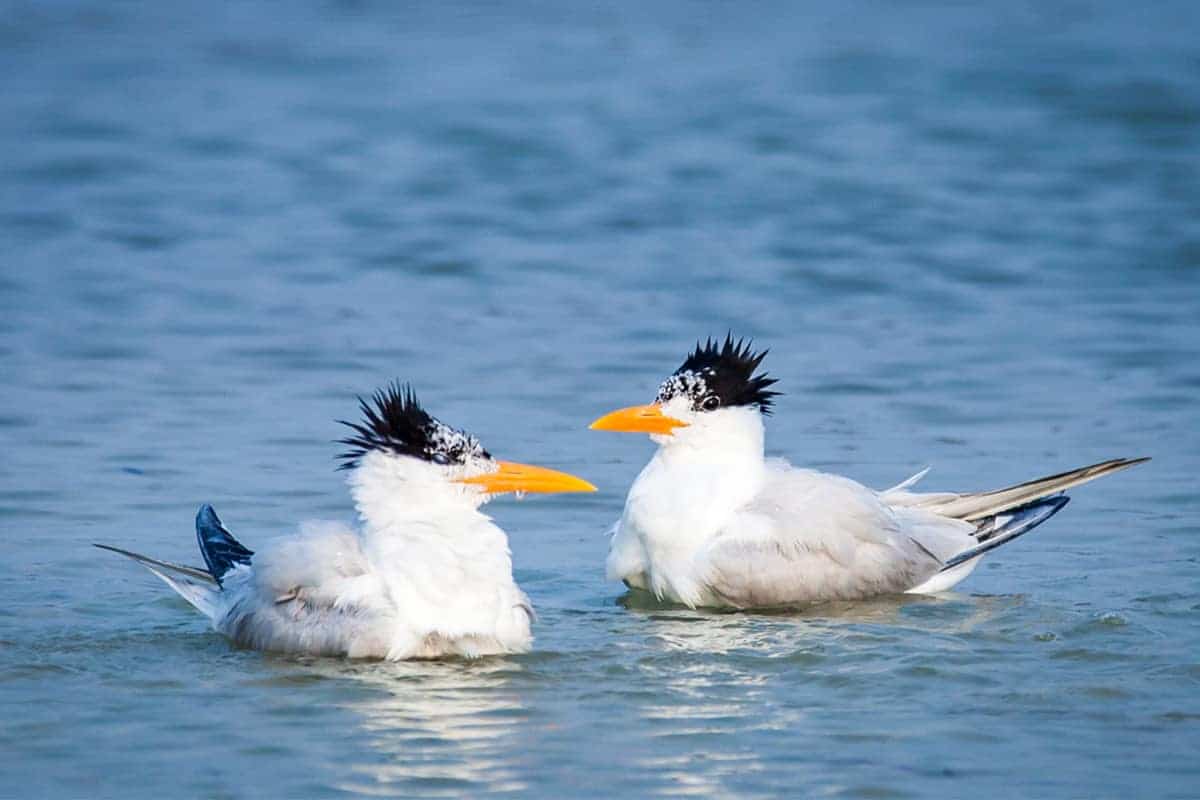The National System of Conservation Areas (SINAC), through the Tortuguero Conservation Area (ACTo), is implementing a Biological Monitoring Program in the Barra del Colorado National Wildlife Refuge.
This refuge is located in the northeastern part of Costa Rica, on the Caribbean coast, in the province of Limón.
Barra del Colorado National Wildlife Refuge has implemented protocols developed by the National Ecological Monitoring Program (PRONAMEC), including the shorebird indicator. This allows officials to analyze the migratory route of the bird species Pagazas Reales (Thalasseus Maximus), which is unknown.
According to SINAC, the migratory route of these birds hasn’t been studied, and there is not enough information. With this monitoring program, authorities hope to gain valuable data and improve their knowledge of the species.
Thanks to the monitoring carried out, approximately 400 individuals of this species have been identified. Their colonies can usually be observed at the mouths of this Protected Wildlife Area.
“During counts carried out in 2019, 10 animals were identified and observed for several months. By tracking the bands, we could determine that the individuals came from nesting colonies located in Georgia and Virginia, on the East Coast of the United States, more than 2200 km from Barra del Colorado,” explained Andrea Cruz Siles, who works at the Participative Biomonitoring Program.
SINAC explained that it’s known that, during the winter, Royal Pagazas migrate from the southern United States to Peru and Argentina. Meanwhile, in Costa Rica, they can be found on the Pacific and Caribbean coasts.
These animals have few differences between males and females; they are 48 and 50 cm long and can weigh between 350 and 450 g. Their diet includes mainly fish, shrimp, and small crustaceans.
As the migratory route of these birds is barely known, SINAC’s records are key to enhancing conservation actions.
The different biological monitoring programs developed by the institution seek to generate and divulge reliable information on the state of conservation of biodiversity and its trends in Costa Rica. The objective is to produce data useful for local and national decision-making in the terrestrial, inland water, and marine areas.






